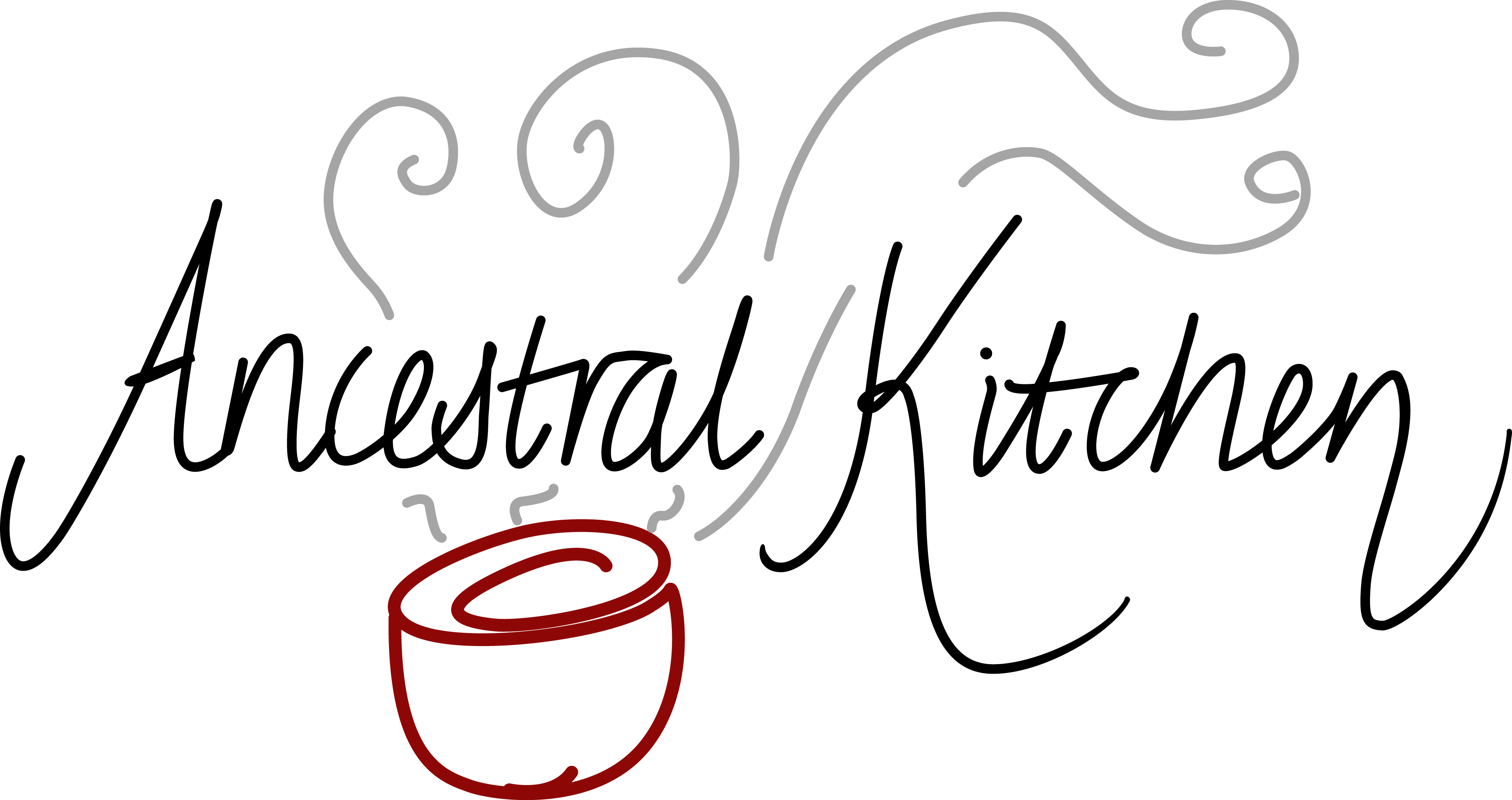Lard on spent beer grain bread. . The lard was home-rendered with fat from @valledelsasso. The grains in the bread (which previously made beer) are organic, Italian, from @spaccio_bio_molinorosso. . The love, devotion and craft that’s gone into growing/raising these food stuffs, into the selling of them, into their kitchen processing elevates them to something more than food. . And that something nourishes us. We know it’s come from cared-for land and animals, through hands of those that give a damn, paid over-the-odds for by a family who don’t have spare cash, and then been part of a creative, manual process. . This feeds our souls just as much as the nutrients feed our cells. . Thank you Flavio for the fat. Thank you all at Molino Rosso for the grains. Thank you WAPF for starting me on this journey. Thank you Sandor Kraut for the beer recipe. And thank you, my reader, for encouraging me to share my little kitchen here.

Lard on spent beer grain bread.
.
The lard was home-rendered with fat from @valledelsasso. The grains in the bread (which previously made beer) are organic, Italian, from @spaccio_bio_molinorosso.
.
The love, devotion and craft that’s gone into growing/raising these food stuffs, into the selling of them, into their kitchen processing elevates them to something more than food.
.
And that something nourishes us. We know it’s come from cared-for land and animals, through hands of those that give a damn, paid over-the-odds for by a family who don’t have spare cash, and then been part of a creative, manual process.
.
This feeds our souls just as much as the nutrients feed our cells.
.
Thank you Flavio for the fat. Thank you all at Molino Rosso for the grains. Thank you WAPF for starting me on this journey. Thank you Sandor Kraut for the beer recipe. And thank you, my reader, for encouraging me to share my little kitchen here.









